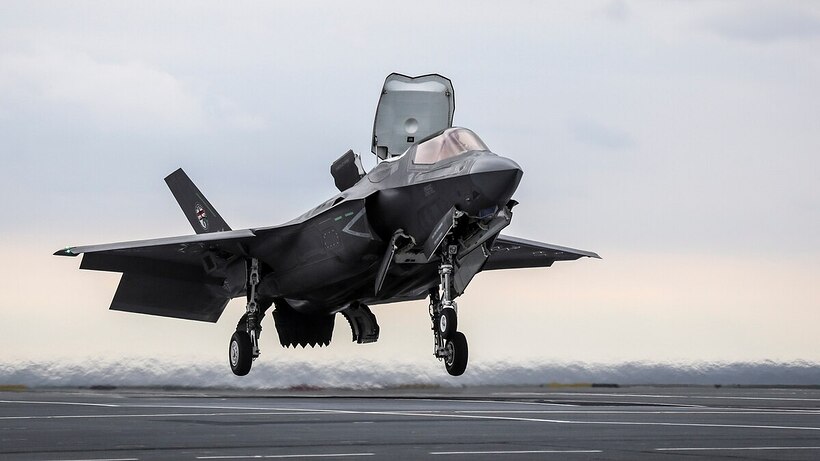U.S. to Shoulder $1.5 Trillion (RM7 Trillion) in F-35 Operational Costs Through 2088
The projected cost to sustain the entire fleet of fifth-generation F-35 fighter jets, employed by all three branches of the U.S. Armed Forces, is expected to surpass $1.5 trillion (RM7 trillion) by 2088, the year marked for their decommissioning.
(DEFENCE SECURITY ASIA) — The projected cost to sustain the entire fleet of fifth-generation F-35 fighter jets, employed by all three branches of the U.S. Armed Forces, is expected to surpass $1.5 trillion (RM7 trillion) by 2088, the year marked for their decommissioning.
According to a report by the U.S. Government Accountability Office (GAO), operational sustainment costs for the F-35 have risen by 44% since 2018.
The GAO noted that this increase stems from the military’s decision to extend the service life of these aircraft from 2077 to 2088.
The Lockheed Martin F-35 Lightning II is an American family of single-seat, single-engine, all-weather stealth multirole combat aircraft designed for air superiority and strike missions; it also has electronic warfare and intelligence, surveillance, and reconnaissance capabilities.
Lockheed Martin is the prime F-35 contractor with principal partners Northrop Grumman and BAE Systems.

The F-35, which comes in three variants—A (conventional), B (VSTOL), and C (carrier operations)—has been in use since 2015.
The F-35 first flew in 2006 and entered service with the U.S. Marine Corps F-35B in July 2015, followed by the U.S. Air Force F-35A in August 2016 and the U.S. Navy F-35C in February 2019.
Additionally, the GAO found that the Department of Defense plans to reduce the number of F-35 flights, a shift from previous projections, largely due to issues with the aircraft’s reliability.
“We consistently found that the F-35s operated by the military did not meet their readiness targets, which are measured through mission capable rates,” stated the GAO.
The report also highlighted various factors contributing to low readiness levels, including high reliance on contractors, a lack of training, insufficient technical data, shortages of spare parts, and support equipment.

Meanwhile, the Joint Project Office, which manages the F-35’s lifecycle, reported successful cost reduction efforts, with the cost per flight hour decreasing from $87,000 (RM408,000) in 2014 to $34,000 (RM159,000) in 2022.
The Department of Defense relies on Lockheed Martin for the management of the F-35’s sustainment program and has increased governmental oversight to reduce costs and enhance performance.
The Pentagon is exploring performance-based logistics contracts with Lockheed Martin, where the company would be paid based on performance and outcomes rather than merely for parts and services.
However, negotiations on this matter were suspended last year.
“We (Lockheed Martin) are prepared to collaborate with the government as we establish a sustainment cost plan to maintain readiness and deterrence for the F-35 now and through its projected end of service in 2088,” stated Lockheed Martin.

Despite these efforts, the GAO has pointed out that the Pentagon has not implemented many of its recommendations concerning the F-35’s sustainment costs.
From the design process until the projected retirement in 2088, the sustainment program for America’s fifth-generation fighter jets is now expected to cost approximately $2 trillion (RM9.8 trillion), a significant increase from the previous estimate of $1.7 trillion (RM7.96 trillion). — DSA



Comments are closed.